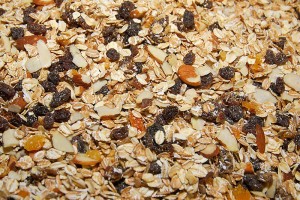What’s it all about?
A technique in Variance Analysis used to work out more detail about the Quantity Variances where the materials used in a product can vary in proportion.
I often describe it as the ‘Muesli Problem’ as the breakfast cereal is a good example of a product where the ingredients can vary in proportion and it still be the muesli. Only when you get to 100% oats does it become porridge, or if you go the other way to 100% hazel nuts it becomes a bag of nuts. Anything in between is muesli, may be not very nice muesli, but it is muesli. The mix of ingredients will also affect the price. More oats – cheaper, more nuts = more expensive.
(I know there would be more than two ingredients, our method solves that problem too).
Watch this.
A worked example from about minute 19. This is using a different approach to variance analysis to mine (theirs is a more common approach), but you will be able to use either approach to get the same answer.
Possible Written Questions.
(No indication of marks – the more marks a question gets, the more you are expected to write – detail that is, not just words!) If you can’t answer these, you need to do some more reading. I do ‘find’ questions elsewhere, so these aren’t all questions I have used myself.
Mostly you are going to be asked to do it.
Explain the function of Mix & Yield Variance Analysis.
Explain why the Yield Variances are either all Favourable or Adverse.

